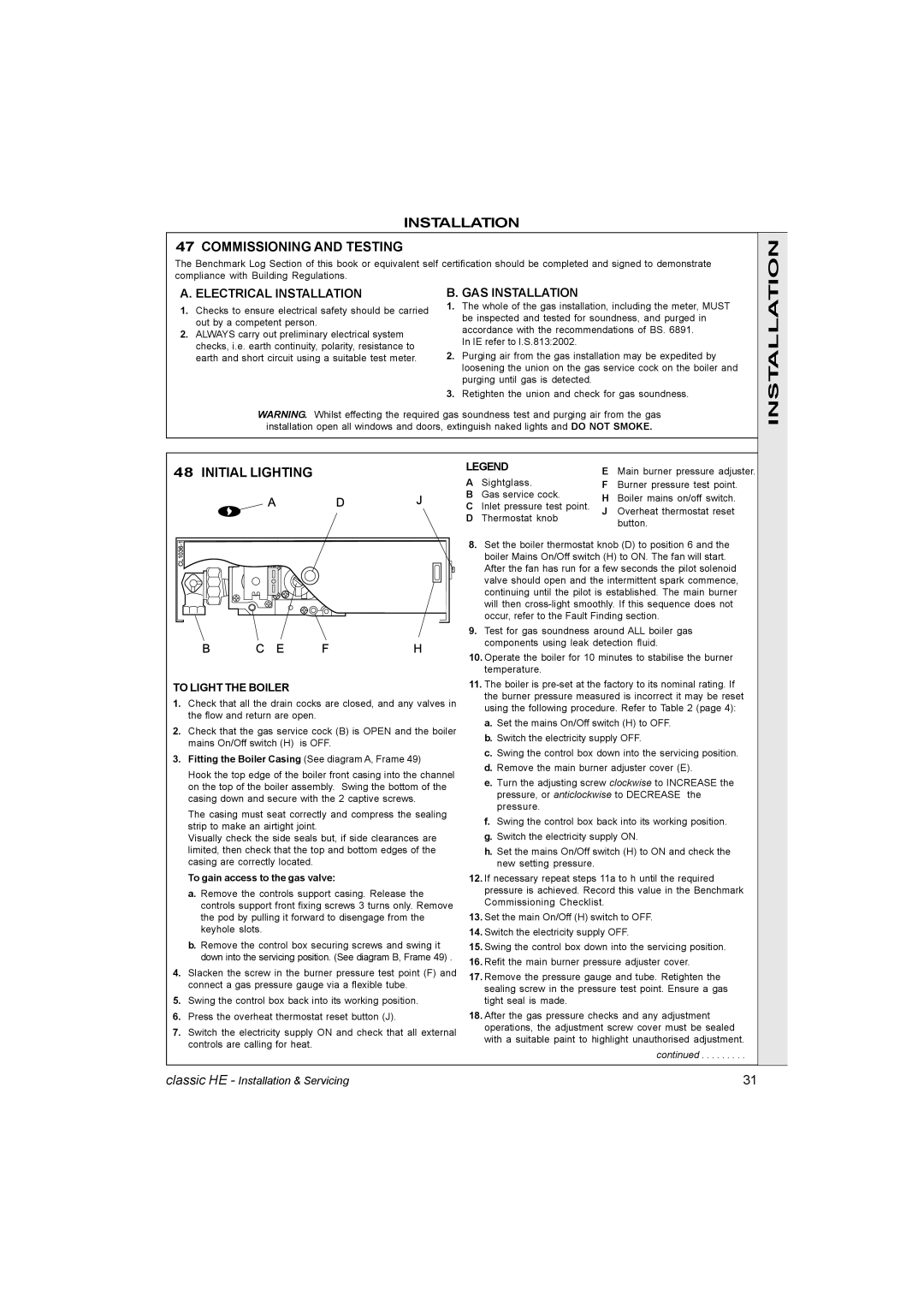HE12, HE15, HE18, HE9 specifications
The IDEAL INDUSTRIES HE series, comprising the HE24, HE18, HE15, and HE12 models, represents a significant advancement in the field of electrical testing and measurement tools. These versatile testers stand out in professional environments for their high accuracy, user-friendly interfaces, and advanced features designed to enhance efficiency and reliability in electrical inspections.The HE24 is the flagship model, boasting an extensive range of functionalities. It includes advanced digital multimeter capabilities, allowing for precise measurements of voltage, current, and resistance. Its True RMS feature ensures accurate readings, even with non-linear loads. The HE24 also incorporates advanced connectivity options, including Bluetooth technology, enabling users to transfer data wirelessly to smartphones or tablets for further analysis. The large, backlit display enhances visibility in various lighting conditions, making it an ideal tool for both indoor and outdoor use.
The HE18 model, while slightly more streamlined than the HE24, still offers robust capabilities. It features multiple testing modes, including continuity and diode testing, catering to a wide range of electrical tasks. The HE18 also utilizes a user-friendly interface, allowing technicians to navigate easily through various functions. Equipped with a protective rubber housing, this model is durable and built to withstand the rigors of frequent use on job sites.
The HE15 and HE12 models represent the compact, entry-level offerings in the HE series. Designed for the budget-conscious user, these models retain essential functionalities such as basic voltage and current measuring capabilities while prioritizing ease of use. The HE15 includes a simple LED indicator to signal when measurements are being taken, promoting straightforward operation. Additionally, the HE12 features a lightweight design, making it the perfect tool for on-the-go technicians.
All models in the IDEAL INDUSTRIES HE series are engineered with safety in mind, adhering to stringent international testing standards. They provide superior insulation resistance and a high degree of accuracy, mitigating the risks associated with electrical work. Furthermore, their IP-rated enclosures ensure protection against dust and moisture, enhancing longevity.
In conclusion, the IDEAL INDUSTRIES HE24, HE18, HE15, and HE12 series represent a comprehensive range of electrical testing tools that cater to professionals' varied needs. With their combination of advanced features, user-friendly designs, and safety compliance, these models are excellent choices for any electrical technician aiming for accuracy and efficiency in their work.

